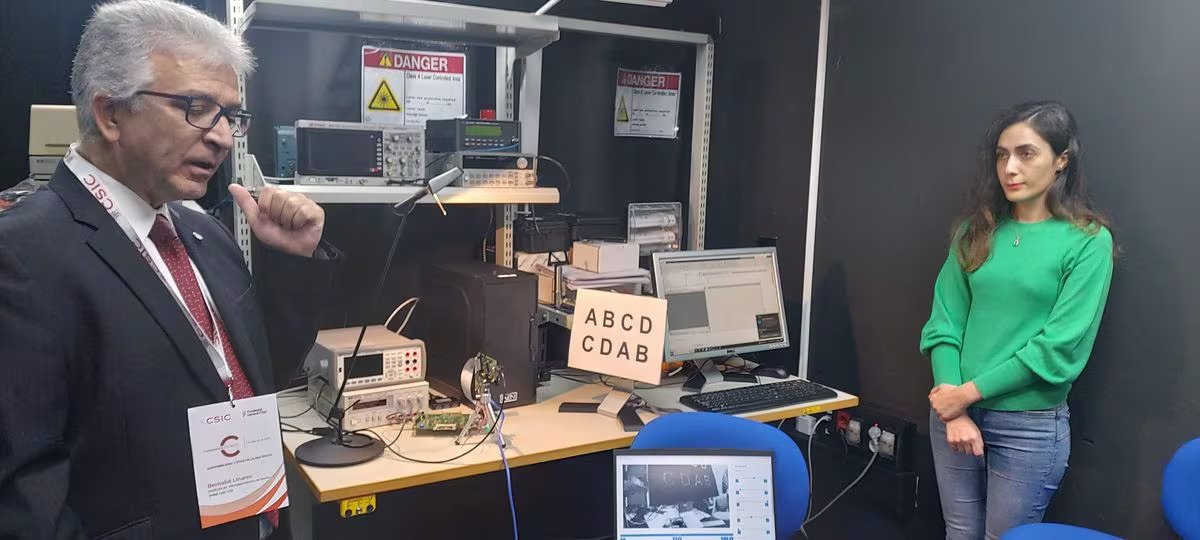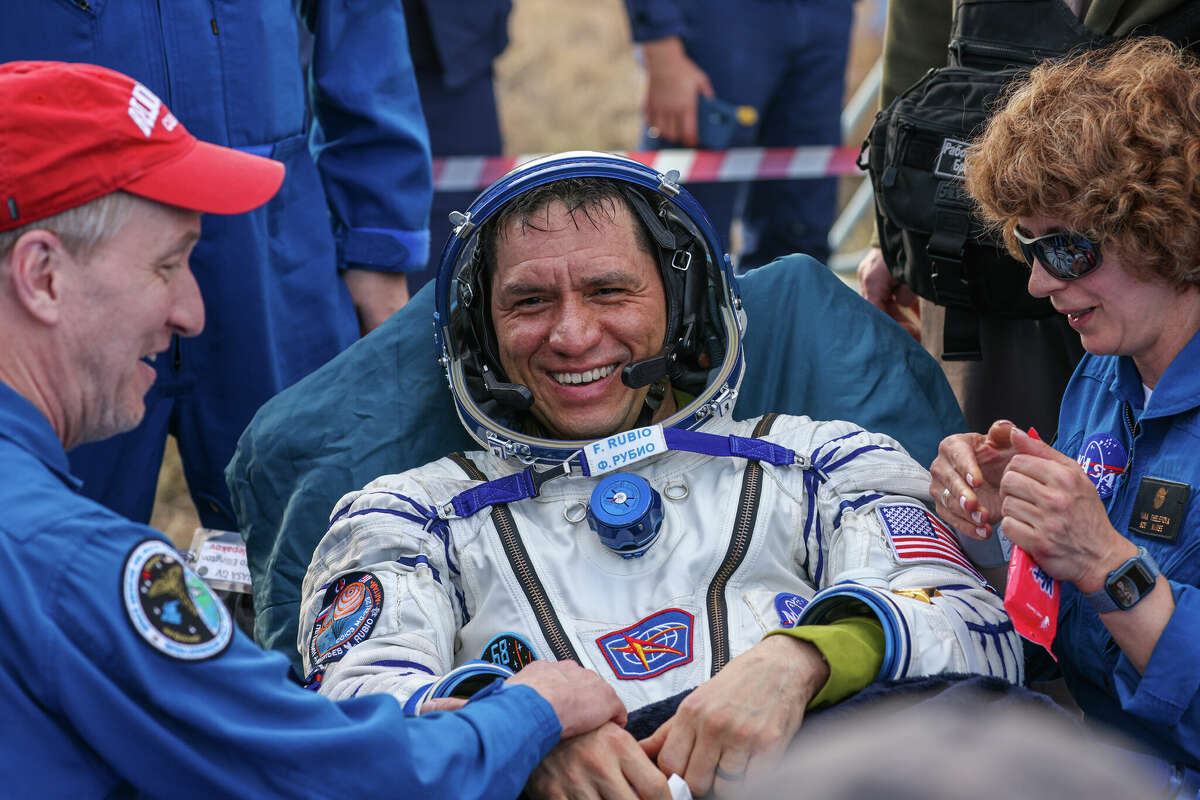Simulating Human Vision: The Power of Microelectronics
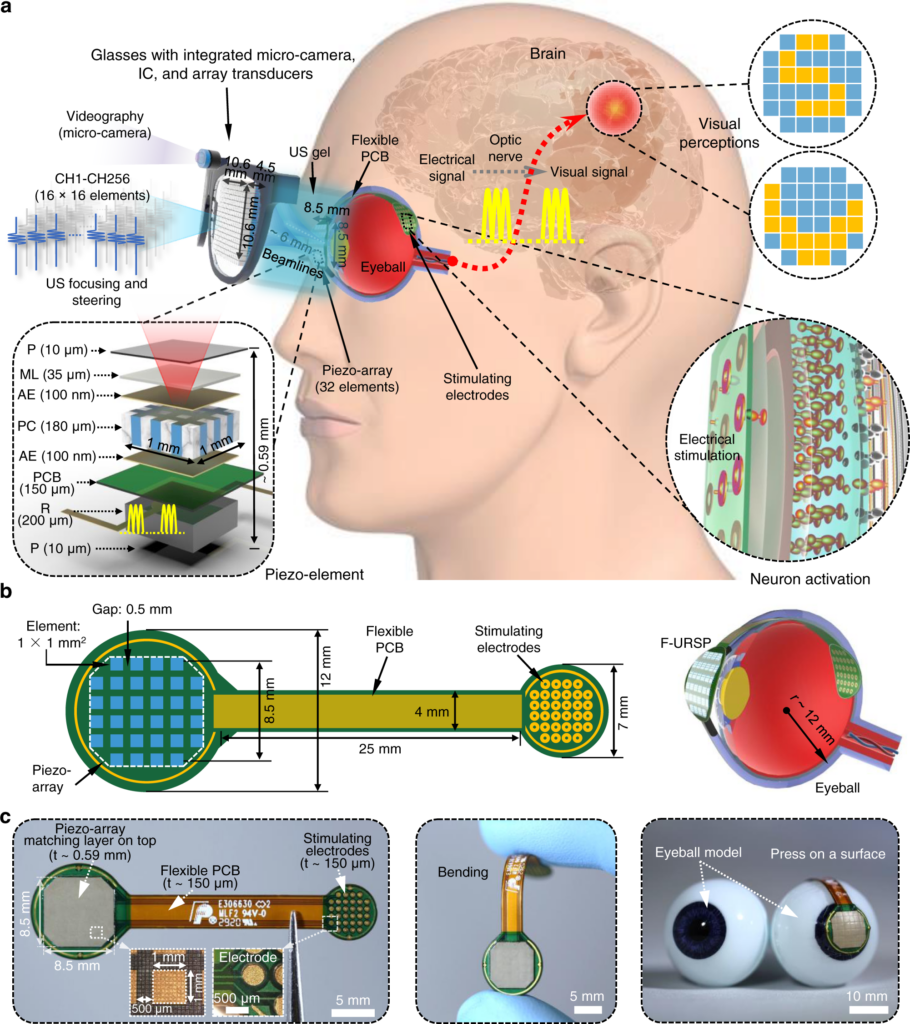 Scientists have long been fascinated by the complexity of the human body, with its 37 trillion cells working seamlessly together. As technology advances, researchers strive to develop systems that can mimic the capabilities of our remarkable biology. One particular area of focus is simulating human vision, and the Institute of Microelectronics (IMSE) in Spain is at the forefront of this groundbreaking research.
Scientists have long been fascinated by the complexity of the human body, with its 37 trillion cells working seamlessly together. As technology advances, researchers strive to develop systems that can mimic the capabilities of our remarkable biology. One particular area of focus is simulating human vision, and the Institute of Microelectronics (IMSE) in Spain is at the forefront of this groundbreaking research.
Collaborating with the National Research Council (CSIC) and the University of Seville, IMSE is harnessing the power of microelectronics to recreate the incredible abilities of our eyes and brain. Unlike conventional cameras that simply capture images within frames, our visual system enables us to perceive and adapt to even the slightest changes in our surroundings without overwhelming us with an overload of information.
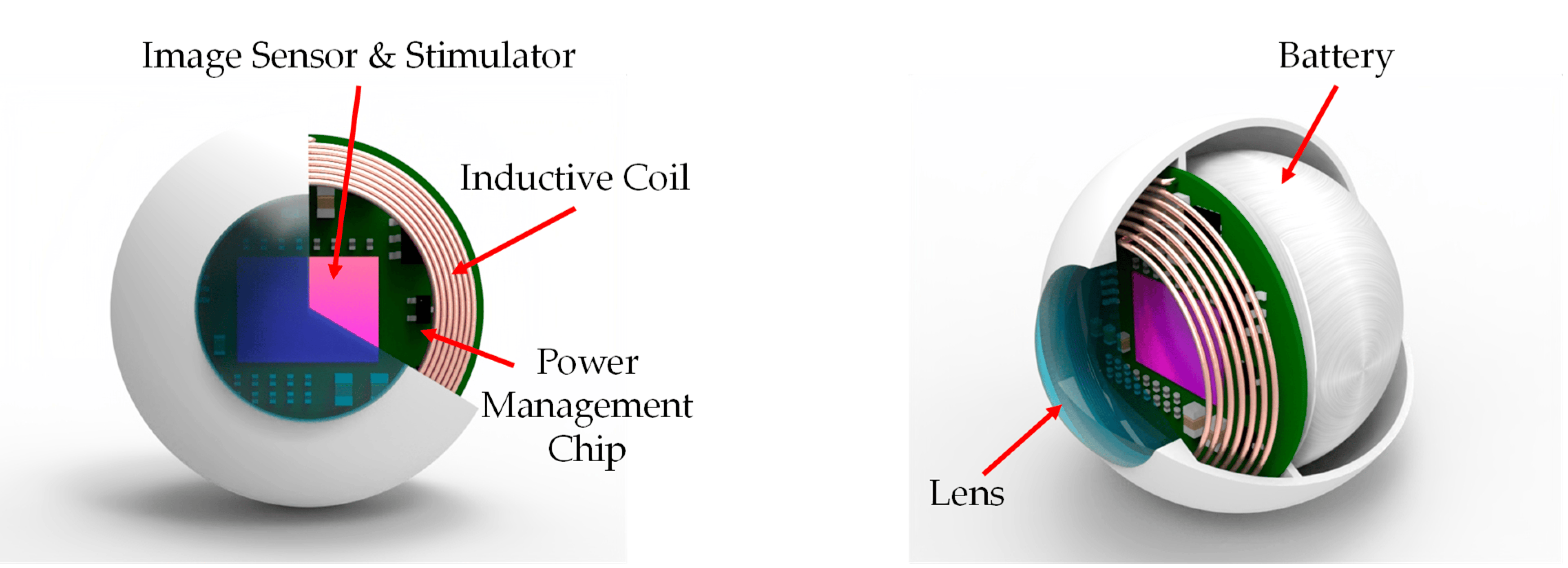
The Rise of Dynamic Vision Sensors
IMSE is pioneering the use of dynamic vision sensors (DVS) in their quest to emulate the human visual system. These revolutionary sensors are akin to the event cameras employed by tech giants such as Samsung and Sony. Unlike conventional cameras, which produce hyperrealistic representations, DVS operates in a unique way.
Rather than recording every single frame, DVS only captures changes in the visual scene. This allows for efficient processing while still maintaining the ability to detect even the subtlest alterations in the environment. By replicating this mechanism, IMSE aims to revolutionize the field of vision technology.
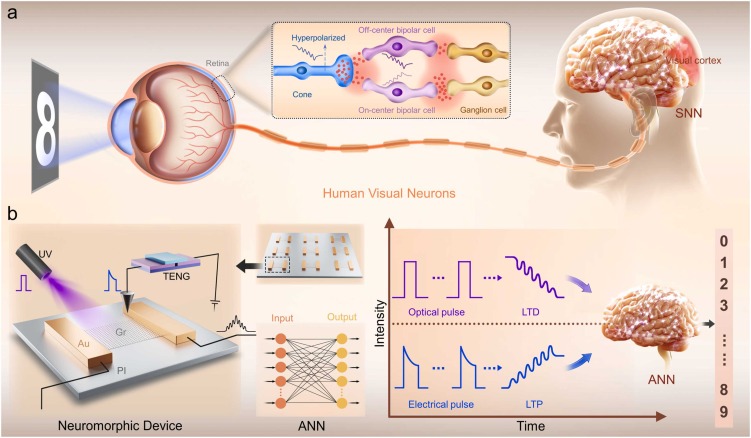
Enhancing Efficiency and Reducing Data Overload
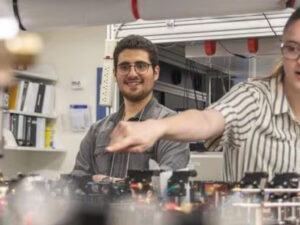 One of the biggest challenges faced by conventional cameras is the sheer volume of data they produce. Every image captured is stored and transmitted through extensive wiring, resulting in a significant burden on both storage and processing capabilities. However, IMSE’s DVS approach significantly reduces this data overload.
One of the biggest challenges faced by conventional cameras is the sheer volume of data they produce. Every image captured is stored and transmitted through extensive wiring, resulting in a significant burden on both storage and processing capabilities. However, IMSE’s DVS approach significantly reduces this data overload.
“With conventional cameras, a huge amount of data needs to be stored and transmitted. Plus, someone must process all that information,” explains Bernabé Linares, a research professor at IMSE. By utilizing dynamic vision sensors, the team at IMSE can capture only the relevant changes, streamlining the process and drastically reducing the computational load.
The implementation of DVS technology also brings potential benefits in various fields, such as robotics and autonomous vehicles. These applications require real-time perception and adaptability to the environment, making the efficient and accurate vision provided by DVS invaluable.
In conclusion, the Institute of Microelectronics is spearheading the development of microelectronics-based systems that simulate human vision. By emulating the efficiency and adaptability of our own visual system, these technologies have the potential to revolutionize various industries. With dynamic vision sensors leading the way, a future where machines possess the marvel of human-like vision might be closer than we think.
